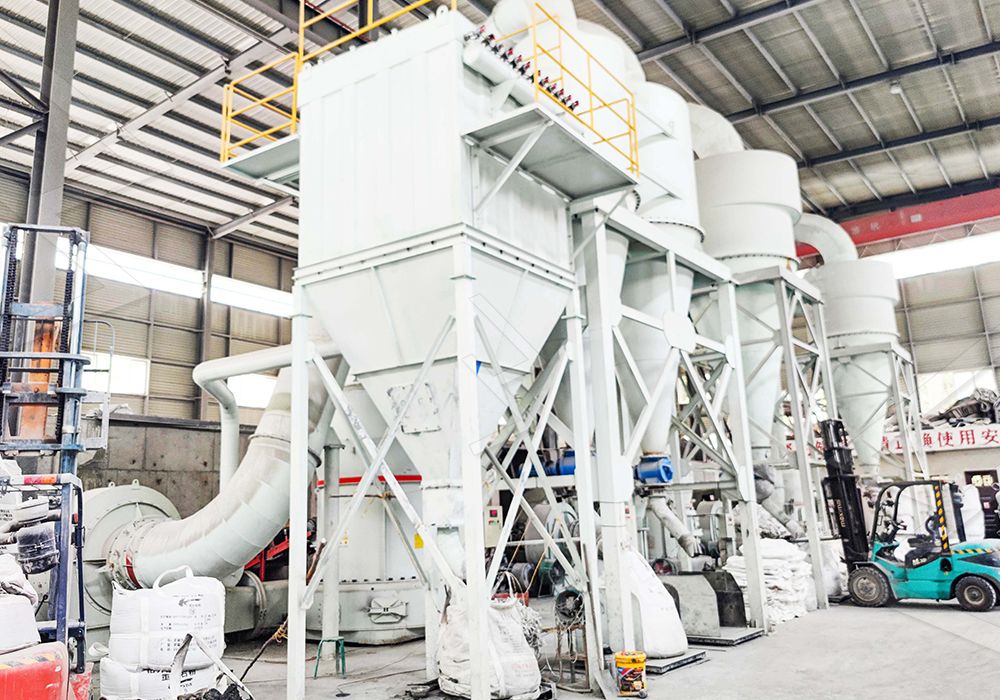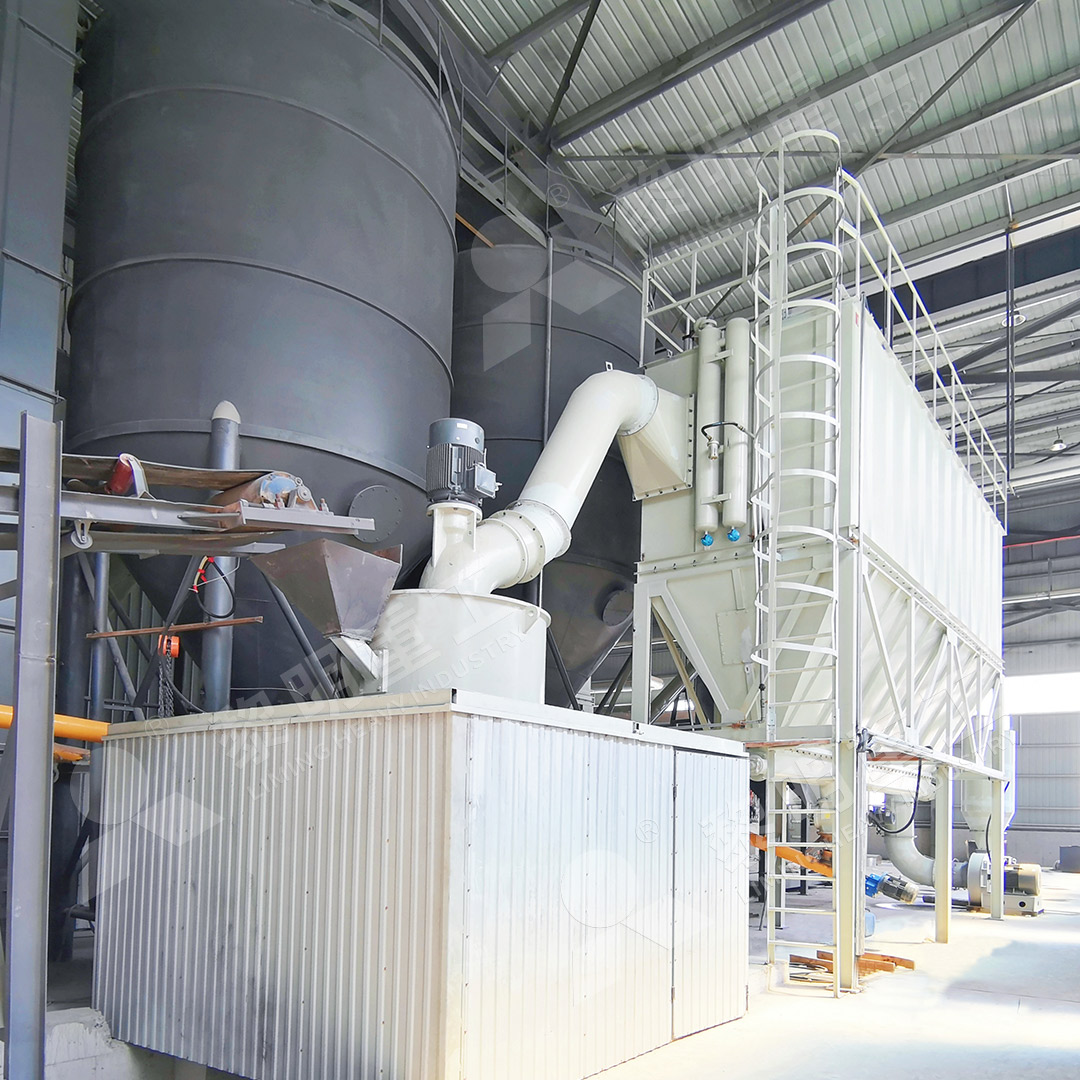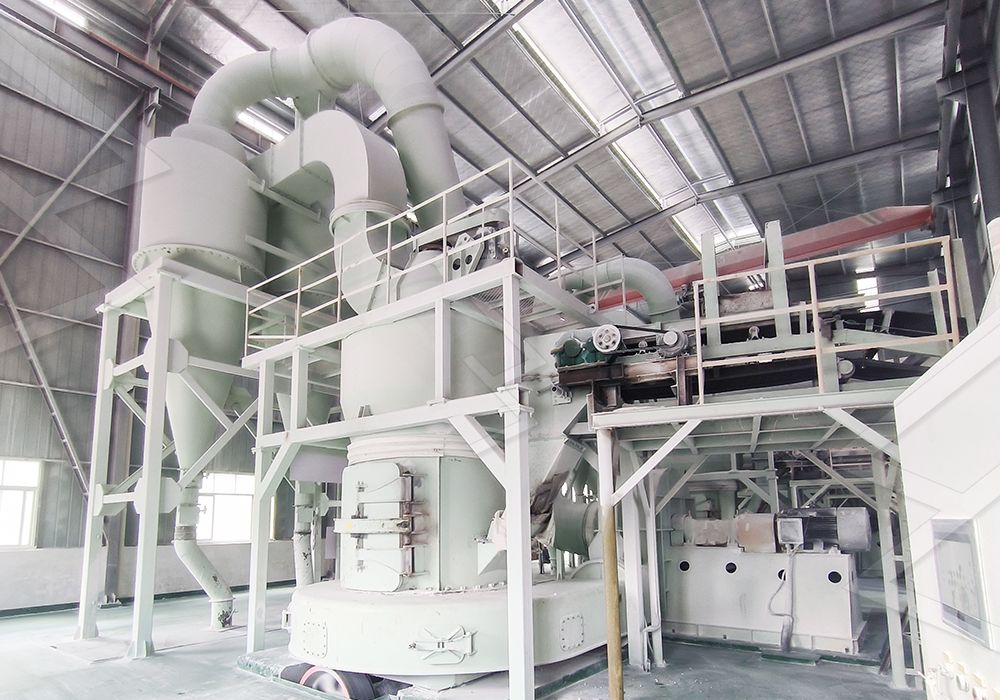5000 Mesh Limestone Grinding Mill: Ultimate Guide to Ultra-Fine Powder Production
Unlocking the Potential of Ultra-Fine Limestone Powder
The pursuit of ultra-fine powder production represents the cutting edge of modern mineral processing. For industries requiring 5000 mesh limestone powder—from advanced composites and high-performance plastics to specialty chemicals and premium coatings—achieving consistent, high-yield production is both a technical challenge and a business imperative. This guide explores the critical considerations for successful ultra-fine limestone grinding operations.

The Technical Hurdles of Ultra-Fine Grinding
Producing limestone powder at 5000 mesh (approximately 2.5 microns) demands more than conventional milling approaches. The challenges are multifaceted: energy consumption increases exponentially as particle size decreases, heat generation can alter material properties, and equipment wear accelerates with finer grinding requirements. Additionally, maintaining consistent particle size distribution while achieving high throughput requires sophisticated separation technology and precise process control.
Traditional ball mills struggle with efficiency at these fineness levels, while jet mills often prove cost-prohibitive for high-volume production. The ideal solution must balance grinding efficiency, energy consumption, and operational reliability while delivering the precise particle specifications demanded by end-users.
Advanced Mill Technology for Exceptional Results
After extensive research and field testing, our engineering team has developed specialized equipment specifically designed to overcome these challenges. The MW Ultrafine Grinding Mill represents a breakthrough in ultra-fine powder production technology. With an input size capability of 0-20 mm and throughput ranging from 0.5 to 25 tph, this system is engineered specifically for customers requiring ultra-fine powder production.
What sets the MW series apart is its innovative approach to common grinding problems. The absence of rolling bearings and screws in the grinding chamber eliminates concerns about bearing damage or loose fasteners causing operational failures. Meanwhile, the German-designed cage-type powder selector enables precise fineness adjustment between 325-2500 meshes, with the capability to achieve d97≤5μm in a single pass.

Operational Advantages in Real-World Applications
Beyond technical specifications, the MW Ultrafine Grinding Mill delivers tangible benefits in daily operation. The external lubrication system allows for maintenance without shutdowns, supporting continuous 24-hour production cycles. The integrated pulse dust collector and muffler system ensures compliance with stringent environmental regulations while protecting worker health.
For operations requiring even higher precision and specialized handling of superfine dry powders, we offer the LUM Ultrafine Vertical Grinding Mill. This system combines Taiwanese grinding roller technology with German powder separating technology, featuring unique roller shell and lining plate grinding curves that generate material layers more effectively. With double position-limiting technology and a reversible structure that simplifies maintenance, the LUM series represents the pinnacle of vertical grinding technology for materials up to 0-10 mm input size and capacities of 5-18 tph.
Maximizing Return on Investment
The economic case for advanced grinding technology extends beyond purchase price. The MW series demonstrates 40% higher production capacity compared to jet grinding mills with the same fineness and power requirements, while system energy consumption is reduced to just 30% of comparable jet milling operations. This combination of higher throughput and lower operational costs delivers rapid return on investment while future-proofing production capabilities.
Digitalized processing across tens of numerical control machine lines ensures exceptional machining precision, particularly for core components. Combined with our comprehensive spare parts support and technical services, operations can continue with minimal downtime and predictable maintenance costs.

Frequently Asked Questions
What is the typical energy consumption for producing 5000 mesh limestone powder?
The MW Ultrafine Grinding Mill reduces energy consumption by approximately 70% compared to traditional jet mills, with system energy consumption being just 30% of conventional jet grinding operations while maintaining comparable output quality.
How does the mill handle variations in raw material hardness?
Both the MW and LUM series feature adjustable grinding pressure and specialized grinding curves that automatically compensate for material variations, ensuring consistent output quality regardless of slight fluctuations in raw material characteristics.
What maintenance requirements should we anticipate?
The innovative design eliminates many traditional maintenance concerns. With no rolling bearings in the grinding chamber and external lubrication systems, routine maintenance is significantly reduced. The reversible structure of the LUM series allows for easy access to grinding components without complex disassembly.
Can the same equipment process other materials besides limestone?
Absolutely. Both the MW and LUM series are engineered to handle various non-metallic minerals including calcite, dolomite, talc, barite, and petroleum coal, making them versatile investments for operations processing multiple materials.
What environmental considerations are addressed?
Our grinding systems incorporate efficient pulse dust collectors that eliminate dust pollution during operation. Combined with silencers and noise elimination rooms, the entire milling system operates well within national environmental protection standards.
